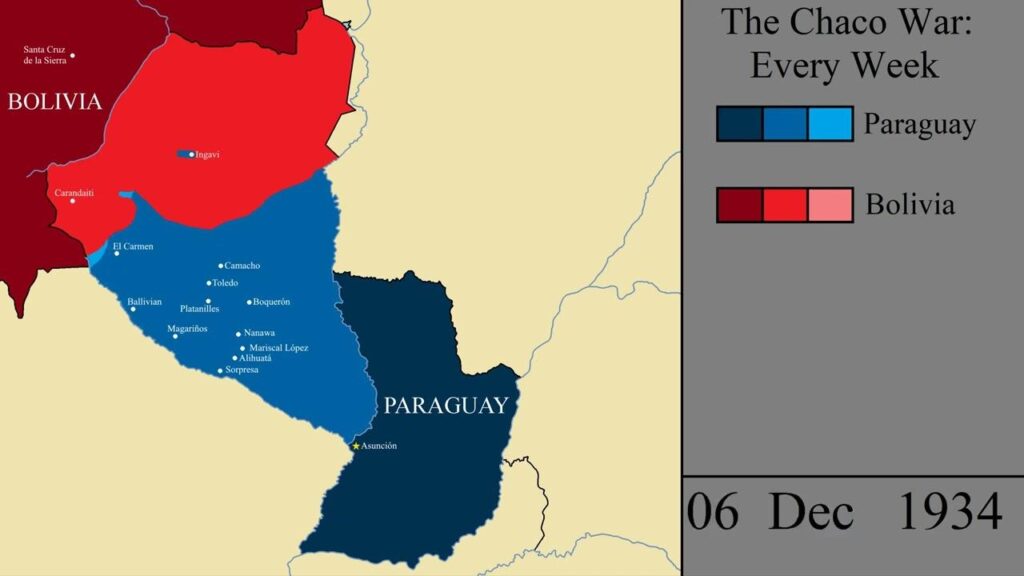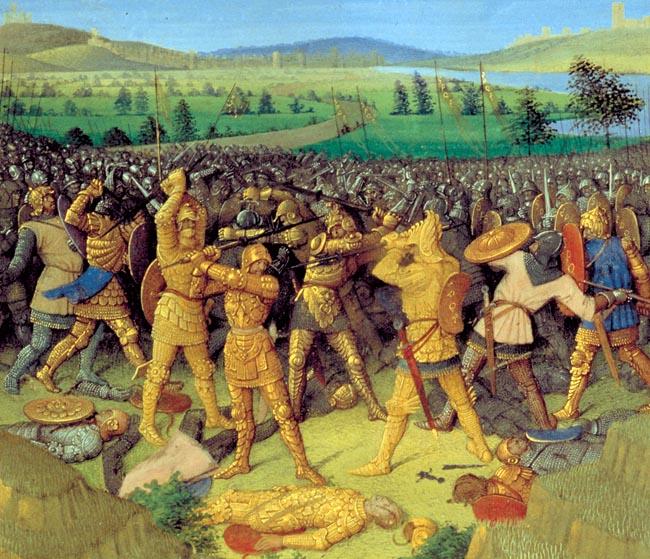The Battle of Chancellorsville stands as one of the most remarkable and studied clashes of the American Civil War. Fought in early May 1863, this engagement showcased not only the tactical brilliance of Confederate General Robert E. Lee but also the complexities and high stakes of wartime decision-making. Often hailed as Lee’s greatest victory, Chancellorsville significantly impacted the course of the war, despite being numerically outmatched. In this article, we’ll explore the key elements that defined this historic battle, the strategies that led to the Confederate triumph, and its lasting significance in Civil War history. Whether you’re a history enthusiast or a curious reader, join us as we delve into the heart of one of the South’s most celebrated victories.
Table of Contents
- The Strategic Genius of General Robert E Lee at Chancellorsville
- Tactical Maneuvers That Turned the Tide in Favor of the Confederates
- Analyzing the Role of Terrain and Intelligence in Confederate Success
- Lessons from Chancellorsville for Modern Military Leadership and Strategy
- Concluding Remarks
The Strategic Genius of General Robert E Lee at Chancellorsville
Robert E. Lee’s masterful handling of the Confederate forces at Chancellorsville remains a study in military brilliance. Despite facing a Union army that significantly outnumbered his own, Lee displayed exceptional confidence and decisiveness. His bold decision to divide his army in the presence of a superior enemy force was a calculated risk that stunned his opponents. Lee’s ability to read the terrain and anticipate Union movements enabled him to orchestrate a complex campaign with remarkable precision, culminating in a surprise flank attack that overwhelmed the Union right wing.
Key elements of Lee’s strategic approach included:
- Deceptive troop deployments: Lee utilized feints and misdirection to keep Union commanders off-balance.
- Rapid and flexible maneuvering: His forces moved quickly through dense woodland, exploiting the challenging terrain to their advantage.
- Inspiring leadership: Lee’s presence on the field galvanized his troops and fostered unwavering commitment despite severe obstacles.
This combination of elements highlights why Chancellorsville is often regarded as Lee’s greatest tactical victory, underscored by his ability to achieve decisive results under adverse conditions.
Tactical Maneuvers That Turned the Tide in Favor of the Confederates
One of the defining elements of the Confederates’ success was General Robert E. Lee’s audacious decision to divide his forces in the face of a numerically superior enemy. This risky choice allowed Stonewall Jackson to execute a masterful flanking maneuver that caught the Union forces completely off-guard. Moving his troops through dense wilderness and difficult terrain, Jackson’s corps struck the Union right flank with overwhelming force, sowing confusion and breaking their defensive line. This unexpected assault not only disrupted the Union command but also provided the Confederates with a critical psychological edge.
In addition to the flanking attack, Lee’s use of interior lines played a crucial role in maintaining coordination between his scattered units. By rapidly shifting his troops to counter threats and exploit weaknesses, the Confederate leadership maximized their smaller numbers. The effective deployment of sharpshooters and artillery further amplified the impact of these maneuvers, harassing Union forces and limiting their ability to regroup. These tactical decisions underscore how Confederate commanders combined mobility, surprise, and terrain advantage to engineer a stunning turnaround during the battle.
- Strategic division of forces to enable swift, unexpected attacks
- Utilization of dense forest terrain for cover and surprise
- Rapid troop movements along interior lines for maximum flexibility
- Targeted sharpshooter and artillery placements to disrupt Union advances
Analyzing the Role of Terrain and Intelligence in Confederate Success
The dense wilderness of the Wilderness region provided the Confederates with a significant tactical advantage during the battle. The thick underbrush and uneven terrain severely limited the Union army’s ability to coordinate effectively and deploy their superior numbers. Confederate commanders, intimately familiar with the area, exploited every natural barrier and concealment opportunity. This intimate knowledge of local geography allowed Confederate forces to execute unexpected flanking maneuvers that caught Union soldiers off guard, disrupting their formations and communication lines. The terrain effectively leveled the playing field, favoring the defenders who could move quickly and covertly.
Beyond the physical advantages, Confederate success was deeply rooted in the strategic use of intelligence. General Robert E. Lee and his commanders harnessed timely reconnaissance and intercepted Union communications, enabling rapid decision-making that adapted to evolving battlefield conditions. Key elements included:
- Accurate scouting reports that informed troop placements and ambush sites
- Utilization of local informants who provided critical information about Union movements
- Exploitation of Union leadership missteps via monitored communications
These intelligence efforts, combined with terrain mastery, crafted a battlefield environment overwhelmingly favorable to the Confederates, ultimately culminating in one of their most decisive victories.
Lessons from Chancellorsville for Modern Military Leadership and Strategy
One of the most enduring lessons from this battle lies in the power of bold, unconventional tactics. Confederate General Robert E. Lee’s decision to divide his forces in the face of a numerically superior enemy defied conventional military wisdom of the time. Modern leaders can draw inspiration from this daring approach, which underscores the value of adaptability and calculated risk-taking in dynamic combat environments. Flexibility in command and the willingness to depart from standard protocols often make the difference between stalemate and decisive victory.
Moreover, the battle highlights the critical importance of intelligence and terrain utilization. Lee and “Stonewall” Jackson skillfully exploited the dense wilderness of the Virginia landscape to mask troop movements and stage surprise attacks. Contemporary military strategists should prioritize understanding and leveraging the physical environment as a force multiplier. This includes integrating real-time intelligence, electronic surveillance, and reconnaissance to enhance situational awareness and execute maneuvers with precision. Ultimately, the synergy of bold leadership, environmental savvy, and adaptive strategy forms the backbone of effective modern military operations.
- Embrace flexibility: Don’t hesitate to rethink conventional plans when circumstances shift.
- Prioritize real-time intel: Integrated communication and reconnaissance are game changers.
- Leverage terrain: Mastery of the battlefield can neutralize larger opposing forces.
Concluding Remarks
In the grand tapestry of the American Civil War, the Battle of Chancellorsville stands out as a testament to audacious leadership and tactical brilliance. Despite being vastly outnumbered, the Confederate forces managed to secure a pivotal victory that would echo through history. While the battle ultimately came at a high cost, its strategic implications shaped the course of the war in profound ways. Understanding Chancellorsville not only offers insight into military strategy but also reminds us of the complexities and human elements that define every conflict. As we reflect on this key Confederate triumph, we gain a deeper appreciation for the challenges faced by both sides in this defining chapter of American history.












